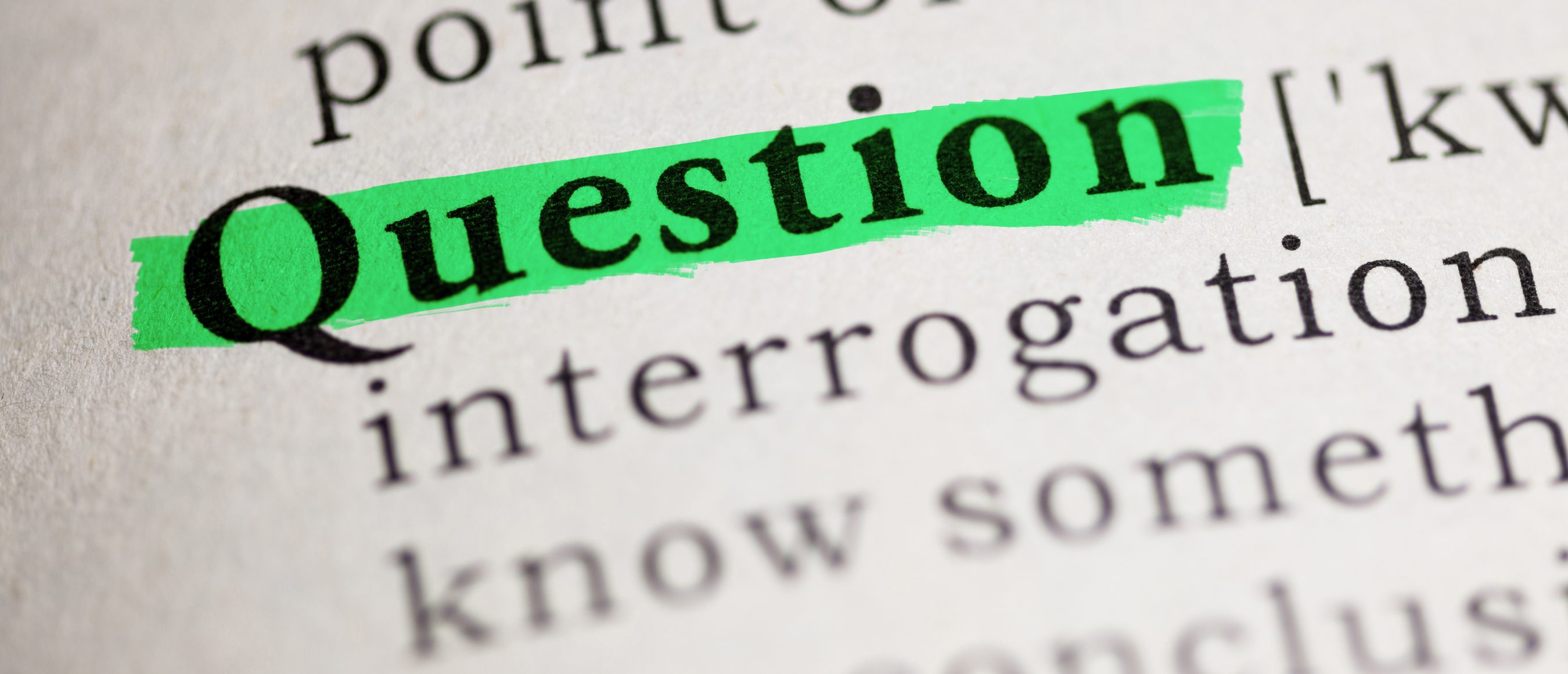
Does My Child Need Help?
Does my child need help? If you are reading this, the answer is: probably.This question is common for parents when they find their teenager is using alcohol or other drugs like marijuana. A first question could be: how many times has your child used?
What is “experimentation” or occasional use?
Many teens tell parents they have “experimented” with substances ‘once or twice’. To experiment simply means to try something for a first time. Historically, adolescence is the time in our lives when we try new things. A first kiss, driving a car, cursing in front of a parent, and trying alcohol, other drugs (AOD) or tobacco may all happen. Each of these behaviors bring its own risks and rewards.
Using a substance (like alcohol or marijuana) more than once or twice is no longer an experiment. It becomes use. In assessing or diagnosing Substance Use Disorders, regularity of use spans from rarely to regularly. Bigger problems and consequences are usually associated with increasing use.
The adolescent brain is different from the adult brain, therefore the determination of when substances become a problem differs. The signs and symptoms of substance use also may differ in teenagers.
What is a Substance Use Disorder (SUD)?
In the past, our society, based its view of alcohol and substance use on religious beliefs. Society believed a person with a problem with alcohol or other drugs was either morally or mentally weak. Those who believed in the mental weakness paradigm were considered enlightened.
More recently, one would simply ask: is this person an addict/alcoholic or not? If you weren’t on ‘skid row’ or ‘a junkie,’ people assumed things weren’t that bad. This simple approach may seem like common sense until you understand substance use disorders are progressive illnesses. They tend to worsen over time, like most other physical and psychological illnesses.
The misguided perception that those who have substance use disorders must be physical “addicts,” continues to be perpetuated by social media, traditional media, and those who make movies and tv shows. While most everyone rails against heroin use, they promote marijuana as a naturally occurring non-addictive safe substance. This is not true.
Heroin is a highly dangerous drug. People need to know that today’s marijuana is dangerous as well. Cannabis grown today is not natural (most of it is grown hydroponically and enhanced), and it has been proven to have harmful effects (especially in adolescence). The dependence rate for adolescents using marijuana is nearly 20%.
How is SUD like other illnesses?
Like heart disease, cancer, and diabetes, AOD problems are progressive. Untreated, these diseases tend to worsen. Do “miracle” cures occasionally happen without treatment? We’ve all heard of them, but we don’t rely on them to happen.
Comparing substance use disorders to an illness like type 2 diabetes helps to understand the disorder. Obesity can contribute to diabetes, yet not all heavy people become diabetic. In fact, just like an unsuspecting adolescent user can become a substance abuser, slender people are vulnerable to diabetes when they are genetically susceptible.
To decide, “Does my child need help?”, a parent must determine if there is a problem. One meaningful way of considering this is to think about whether a child’s life has become more complicated or problematic because of their substance use – or for unknown reasons. Parents are generally the last people to know about their teen’s behaviors, so you may not know that the complications and problems are due to substances.

If you are seeing any other problems in the graphic, your child may have a SUD, even if you are not aware of any substance use. Since SUD is a progressive problem, it may only take one problem area to help you see a problem. The more problems, the more serious the illness. The progression of the disorder goes from mild, through moderate, to severe. The diagnosis is based on how many difficulties the substances cause and the willingness or unwillingness the user has to stop. Whether someone experiences physical or psychological dependency is a factor in the evaluation.
What does an evaluation look for?
Professional evaluations or assessments use a standardized set of criteria that determines the severity of a problem and whether treatment is justified. This is the best way to answer the question: “Does my child need help?” A comprehensive assessment determines the type and level of care that may be needed.
Like most illnesses, early identification of problems and immediate treatment results in higher rates of success than waiting. If your adolescent has a problem, it will tend to get worse without treatment. If you have a cancerous tumor, you wouldn’t consider telling your doctor you are going to wait until it grows bigger before treating it. Waiting until someone uses heroin or methamphetamine is waiting too long as well.
When is an assessment appropriate?
To determine if your teen has a problem worthy of an evaluation, a parent can ask:
- Has your teen’s life been affected by alcohol or drugs use?
- Has your teen’s alcohol or drugs use affected your life?
If the answer is yes to either of those questions, consider a third question:
- In spite of the problems does your teen continue to use and perhaps deny that it’s a problem?
If you answer yes to two of these three questions, then an evaluation is appropriate and necessary. As a parent it is hard to ignore your teen’s behaviors (blaming others, minimizing, getting angry, etc.) as they try to convince you that their problem is just a case of bad luck. An objective, professional assessment can help you determine whether there is a substance use problem and if your child needs help.